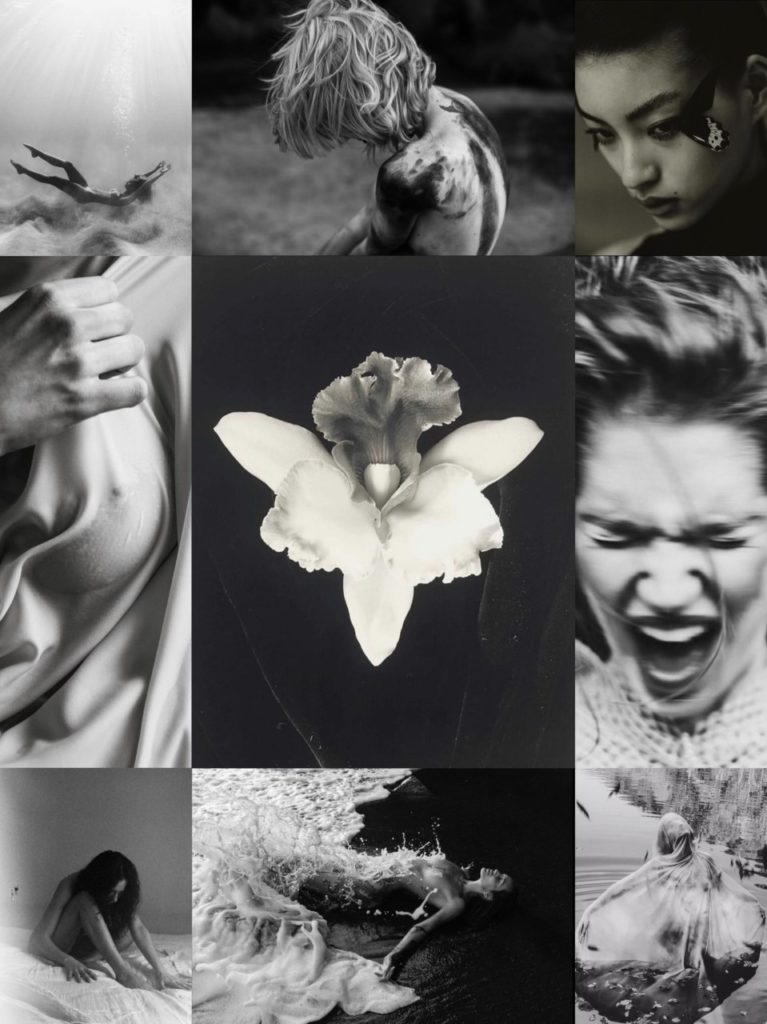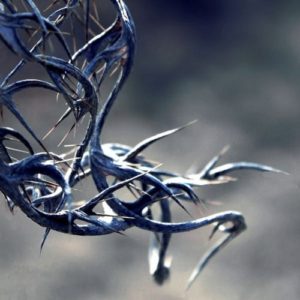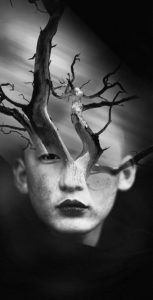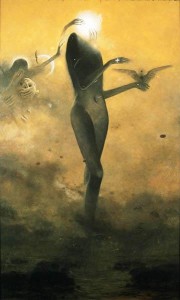EnneaSite by David Gray
Latest posts
The Dragon Of The Enneagram Emerges
The Bhavachakra of the Spatial Psyche
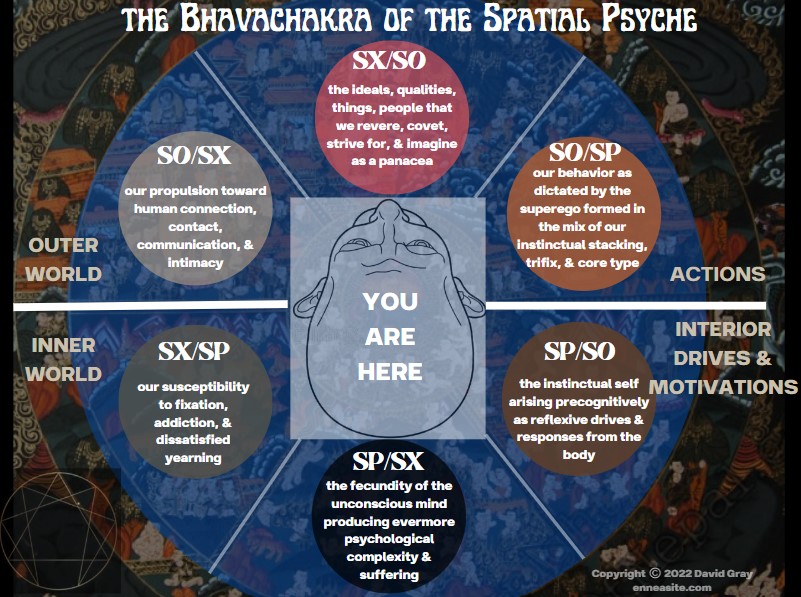
In my eternal unpacking of the secrets hidden in the ancient Buddhist Bhavachakra symbol comes a universal model of the human psyche & self, utilizing the instinctual stackings in conjunction with the Bhavachakra symbol as a lens into the workings of the mind by delineating the ‘locations’ of aspects of our psychological self.
This model is equally pertinent to everyone of every instinctual stacking. As a kind of hologram of the psyche, it exerts its structure, arrangement, and dynamic on us all, as opposed to indicating a more acute issue with what’s described in a given one of these six segments in a person of the corresponding stacking.
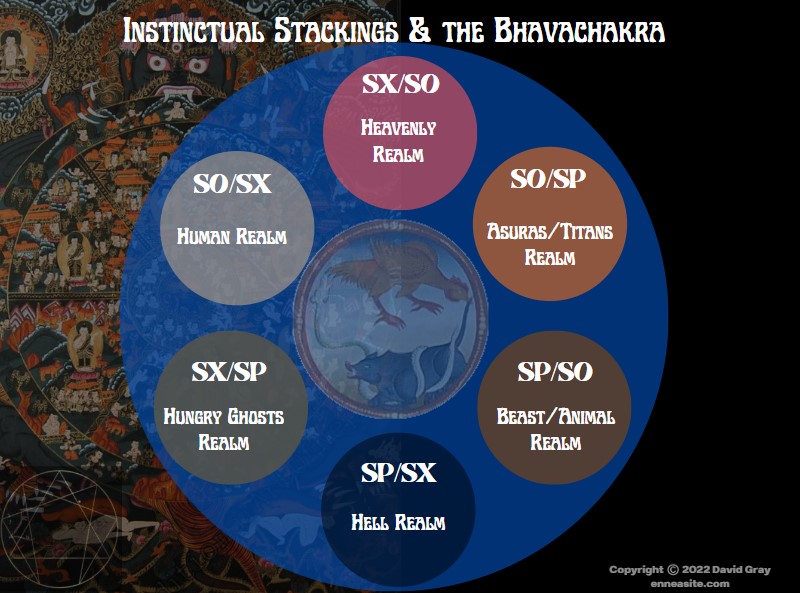
~ Hell is behind us. Our unconsciousness is represented in the graphic here as outside of our line of vision, we don’t see it (obviously), it’s the thing behind our thoughts and actions, and (per the original Buddhist conception of the Hell Realm, where there are hot Hells and cold Hells) an aspect of unconsciousness is the characteristic of splitting abstractions into binary options – hot and cold, ‘un-integrations.’ In Buddhist scripture (or in certain interpretations of it), the entire six-segmented Bhava-Wheel is ultimately six different iterations of Hell. Hell here represents the ‘root system’ of our neuroses burgeoning and ‘crawling up’ from our unawareness. We keep creating Hell in and from degrees of unconsciousness. The temperature ~ the spectrum of hot to cold.

~ The self-destructive addictive frustrated part of us (Hungry Ghosts) – among other things, represents the realm where we’re ‘hooked on’ our own psychological patterns. It sits, spatially in abstractia, behind and to the left; the passive/receptive, easily-affected side. We’re susceptible to all the narcotics of the mind here, including those machinations generated from our hurt and our inner ‘story’ or narrative around our individual personal history and/or our sense of ourselves, where we have, for example, a ‘wounded hero’ story about ourselves. This is, however, where surrender and self-awareness potentially sit as well. Surrender of the grip of our patterns and to everything we never wanted to see or know about ourselves.

~ The right rear is the self-preservational animal and its instinctual responses, appetites, self-protective reflexes. This is, we could say, the location of our instinctual stacking, residing on the righthand side in the dominant hand (right-handed being used here as a ‘universal’ condition), but again to the rear, in deep unconsciousness. And like an animal in the wild, our instinctual stacking mainly gets no rest. But also here is the potential to harmonize with Nature, in this context, with our own natural rhythms, timelines, and processes, per animals’ organic relationship to cycles of existence and the intuitive instinctual self. So, on the ‘high/healthy’ side, with practice, when the animal finally relaxes its instinctual over-alertness, it can recognize its spirit-presence as safe and cared for in the animal sanctuary of our body.

~ The left-front is our receptivity to human connection; the non-dominant (left-hand), non-combative or de-weaponized arm. But also, our susceptibility (again, problematic receptivity) to the next bouncing red ball that comes into our view – all the external distractions we’re prone toward. The need for the personality to express itself over and over, the need to interact with other personalities to reiterate our own personality. This realm is toward ‘the front’ of us and our consciousness where external stimuli and other people, objects, the things that capture our minds from the outside. This is the (left-hand) receptivity to (and titillation and agitation around) personalities and our urge to connect with or be taken with/by and to influence certain people or personalities.

~ Right-front is the psyche’s right arm ready to take up arms and fight or to outwardly state/express what our superego sees as correct, preferable, right or wrong. This is the critic of the outer realm, opposite to the receptivity of the Human Realm. Could also be seen as the ‘capable’ right-hand side of the personality – the strength of the personality, both neurotic strength and healthy. The sword hand exerting personal power. The individuation and assertion of the personality itself.

~ Front-and-center are our gods, the things that have crystallized in the mind as ideals, abstract objects, characteristics to set our eyes directly upon; the outer things in people or conditions in life that we look upon with admiration, respect, worthiness, as having an expensive gem-like value. In our minds, these things are worthy of the affection and worship of the mind’s eye – we ‘should’ be going toward them, placing them in front of us, or us following them (as ‘religious followers’). We want these things for ourselves, in some way, and worship them deeply. But since they’re ‘gods,’ they also seem out of reach and unattainable. On another level – ‘As above, so below’ – these are crystallizations of our own unconscious hellion insectoids (from the Hell Realm) set in front of us, ‘stuck’ in gem form, but entrancing like the ricochet of light from emeralds and diamonds. Among other things as well, this Realm represents how we make a shining religion of our typological perspective and revere it as a god to be followed and obeyed; the gemstone prisms (and prisons) through which we interpret, project onto, look at the outside world.

Archetypal Enneagram
Archetypally, 9 can be seen as the formless lifeforce and portal or energetic field through which unformed souls enter the physical universe.
3 is then the personality ‘hardening’ into specificity (upon landing on Earth), into a particular set of psychological muscles (i.e.- the personality type).
6 is the archetypal human problem of the personality taking up our head space and repeating itself, over and over, and also represents the superego’s reflex to divide everything into good/bad, right/wrong, desirable/undesirable, etc.
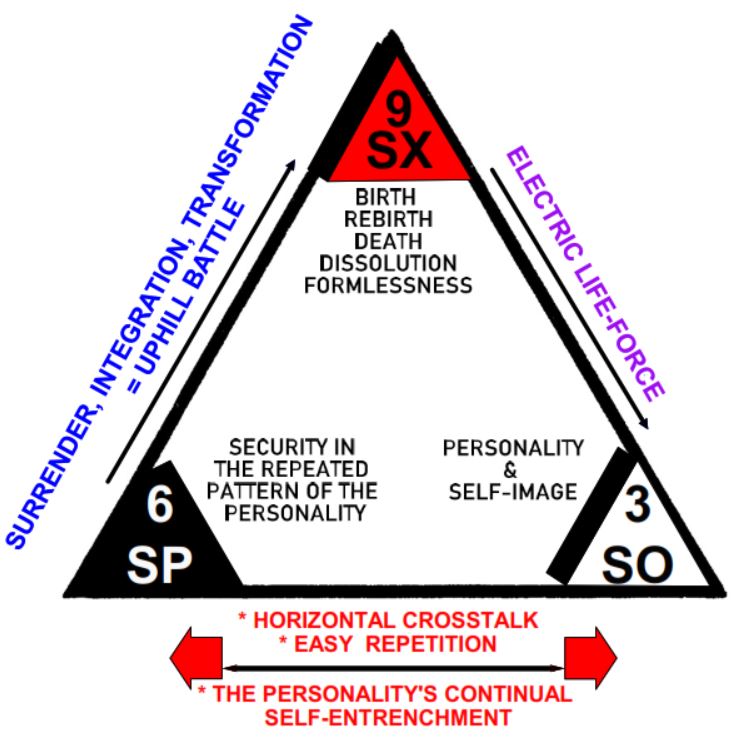
Something I’m pointing out in my Overlaps schema… of the instincts and stackings placed onto the enneagram symbol… which, in the wrong hands, can be more confusing than it is clarifying (in terms of typing people, typing oneself) is that this schema shows why certain mistypings can happen.
But disregarding typing/mistyping, for the moment, on another level — an archetypal or elemental level — in the overlap of the Social instinct and Type 3 (and thus the image center), Personality, itself, could be said to be a Social instinct function (even in Social-blinds). Among other things, Personality is an unconscious ‘putting on a face’ in order to interact, function, communicate, individuate oneself, etc.
This is one reason Type 3 is sometimes denigrated in the enneagram world — because, among other things, it unconsciously represents the condensed archetype of the inherent falseness of the personality in relation to one’s essential self. Everyone is doing this falseness, but unconsciously we’re often putting it all on 3 as the ‘deceptive type,’ or something to that effect.
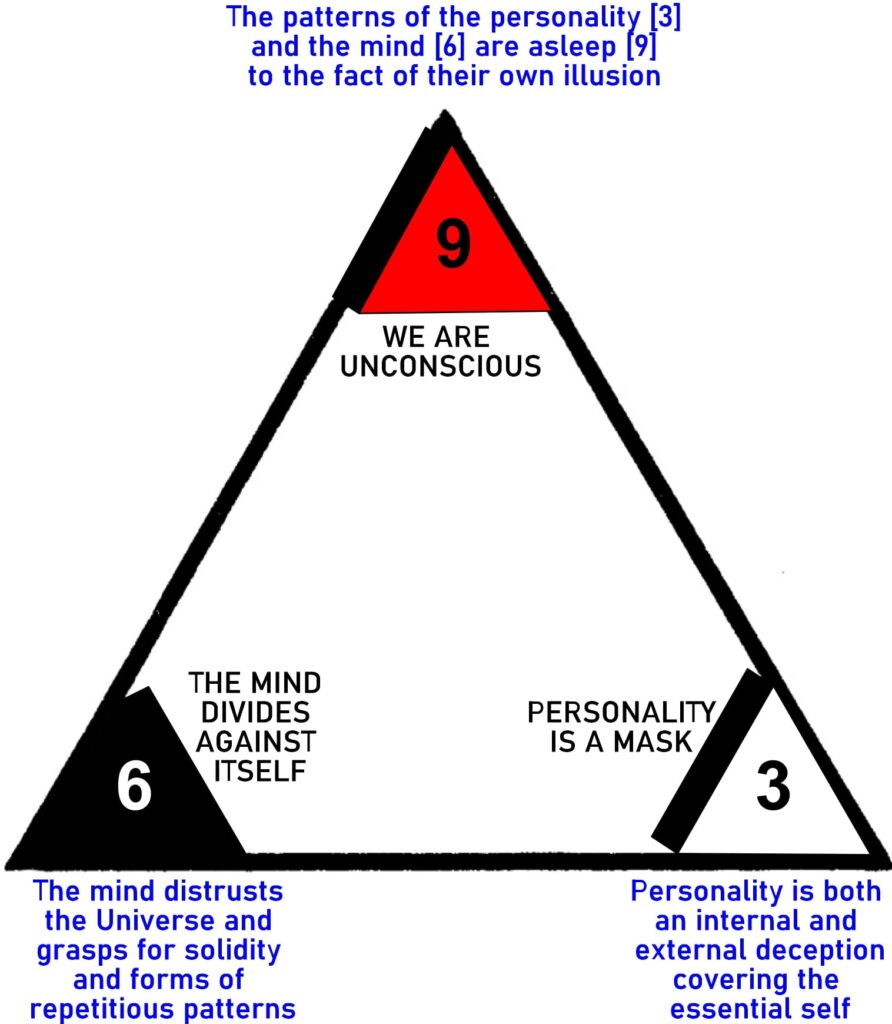
The Universal Human Condition
For those following the Big Hormone Enneagram podcast series on the Bhavachakra, here’s another evolving model I’m developing.
*** This is intended as a universal model of the human condition/human mind, a way in which we all have a relationship with all six stackings (‘Realms’) at a meta-structural level.

instinctual stacking trails…
One way to look at the nature of each instinctual stacking is as a reaction, response, or compensation in relation to the next stacking in the flow.
In other words….
Contraflow:
SX/SO –> SO/SP. A reason for the swan/orchid-like elegance, as well as the distance or partial hiddenness, of SX/SO (which shows up, for example, in collages and other aesthetic output from SX/SO people) is that this stacking is ‘backed up’ or absorbing the influence of SO/SP’s Apollonian height and rarefied composition/perfection-of-form drive.
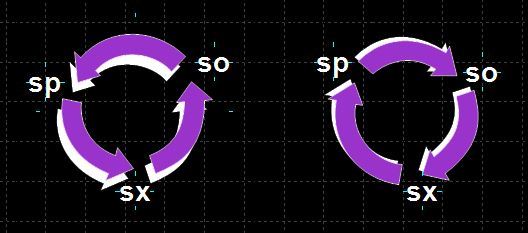
SO/SP has an urge toward immaculate order or dignified civilizational loft, excellence, and pedigreed firmness as a response to SP/SX’s teeming hellish undermining and subversive ‘festering breakdown/disease’ / ‘death & decay’ theme threatening to infect it. SO/SP –> SP/SX
SP/SX has a certain strange draw or cryptic pull to it because, in it, the attracting/burning glow of SX/SO sits behind a heavy/earthen (SP) veil or embankment which sometimes has you/the observer wanting to “see what’s in there / behind there.” Where there’s smoke, there’s fire. SP/SX –> SX/SO
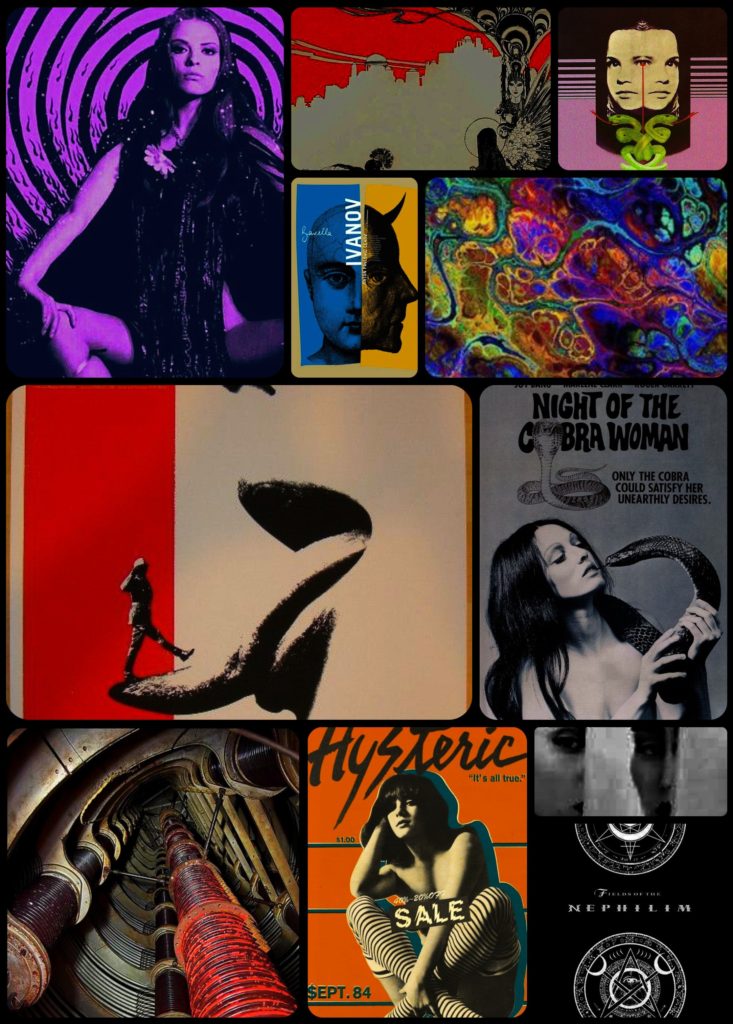
Synflow:
SP/SO is partly straightforward, plain, direct/cynical, with relatively few trills and embellishments, as a compensatory response to the scattered dazzling colors, fantastical style and drunken flair of SO/SX touching into it, threatening SP/SO’s straight lines and healthy/sober sustainability. SP/SO –> SO/SX
SO/SX often has a dispersed scattershot energy or polka-dotted self-multiplicity due to the transformative metamorphic destruction/disaster or ‘touch of death & rebirth’ of SX/SP in close proximity, breaking down forms underneath and ‘making many babies.’ SO/SX –> SX/SP
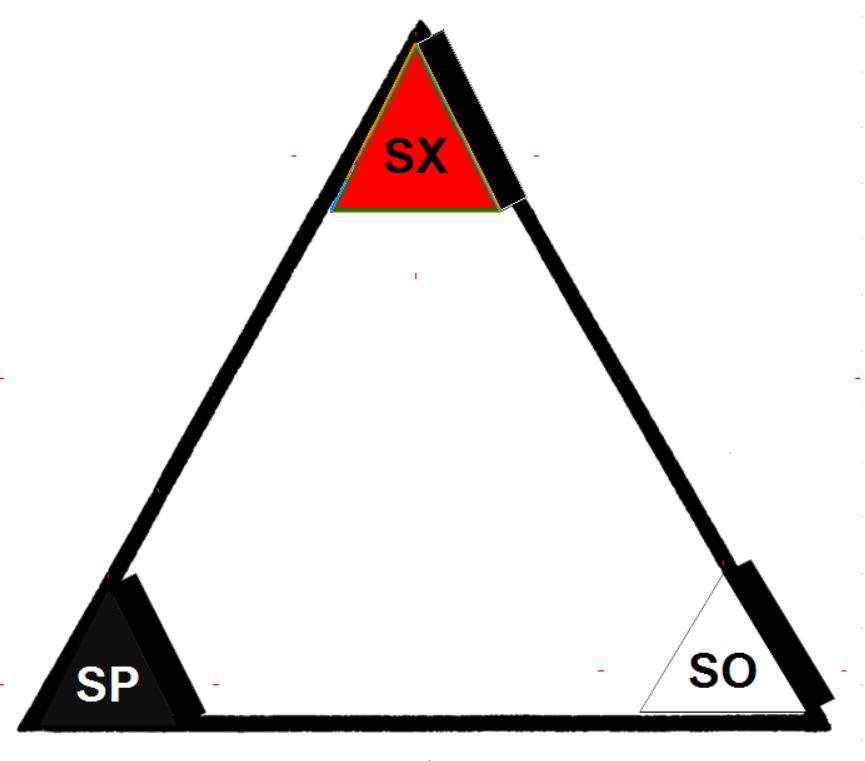
SX/SP often comes out ‘wet’ with transmogrifying or metamorphic ‘melting’ stylizations as a compensation for the nearby influence of SP/SO’s dry/solid foundations and straightforward forms and appearances. SX attraction, here, requiring an extra dose of a sinuous or undulating quality, to such a degree as to flirt stylistically with themes of self-destruction or self-reformation. SX/SP –> SP/SO
These are only a first set of iterations around this idea. Plenty more that can come of this approach….
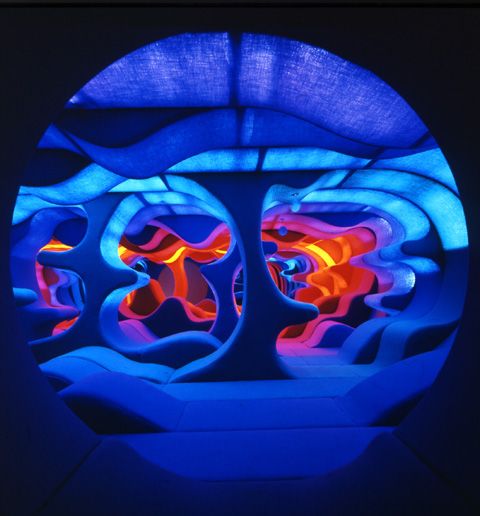
Lofty Bird Soaring through Swords of Sunlight vs. Night of the Slithering Wet-Bellied Crawler (SO… vs SP & SX)
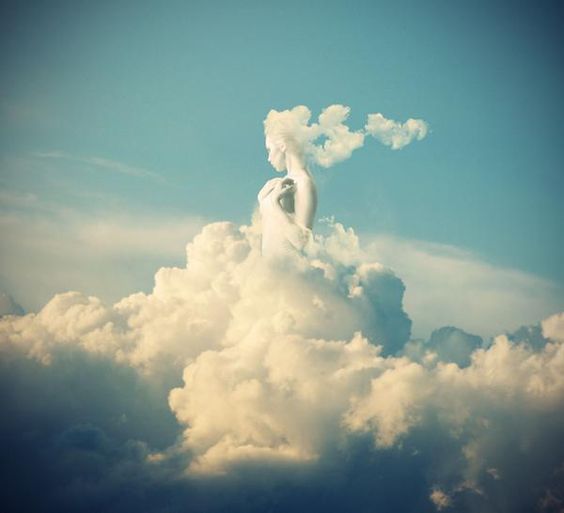
As we’ve passed through the archetypal animals of the Bhavachakra (pig, snake, rooster) and infused Life and Existence with the elements of fire, air, water, and earth – and thereby animated and architectural-ized the ecosystem I’m creating for you to dwell in – we can now pursue an angle on the Social instinct as, rightfully, the higher instinct.
Starting in contrast, if we put the Pig (SP) and Snake (SX) together into a single beast, we have something like a lizard/crocodile – a low coldblooded predator with no communication skills, no parenting skills, and an emphasized-yet-hidden underbelly.

A pig will ‘eat anything,’ and we call someone a pig or a hog when they take-and-take and never give, or they take more than their fair share. The snake has no friends, no bond or romance. You’re unsettled and threatened as it wraps around you. Or perhaps, at best, feel intrigued by the danger and emotionless stare. A pig-snake is therefore an indiscriminate garbage disposal incapable of connection. [Some of you have met me and can attest.]
With earth in conjunction with fire & water (SP & SX), we have melting untouchable, unusable lava or the flaccid goop of mud. Not much to build up structures of civilization or society from, or to form into the invisible social contracts intended not only for today but to be passed forward to future generations in noble protection and nurturing care, magically held aloft and sustained in the ‘spirit air’ of a tribe or nation state.

Air must pass over vocal cords for philosophers to communicate the overhanging law they see from their tower in the sky. And the language of the astrological stars came from somewhere out of the blue. All of these, written and recorded by a bird quill pen that once rode the air.
In the merge of SP and SX, language itself is not a native tongue. The tongue here is a heat-seeker for our own individual preferred flavors, in blind disregard to any collective good or mutual utility and interest.
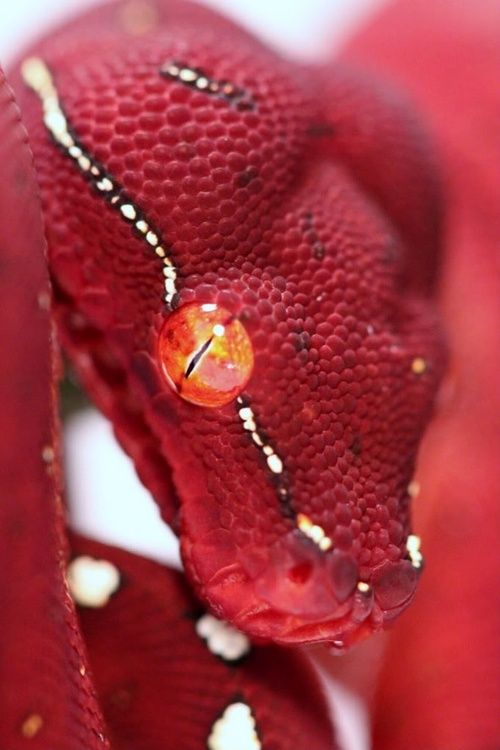
The Social instinct is THE ‘human instinct.’ The differentiating thing of human beings in relation to animals – complex verbal and written language – is compelled, codified, made excellent by the thrust of Social in us. Human beings are social well beyond our capacity to fully fathom. Social is the basic drive to make contact and impart and could be said to be the animal-instinctual bridge to our hearts, to the emotional urge to protect, teach, learn, befriend, compete, achieve, improve, excel, illumine, and connect in commonality and/or purpose, to ‘find a place’ in context with others.

All relationships between people are essentially social. Sexual and Self-Pres are involved in human connections, in varying degrees and ways, but they’re not the raw stuff that compels bonding and closeness.

In romantic relationships, Sexual may be the restless first inner spark of the thing, but it’s not the thing itself in regard to a real relationship between two people, or even the courtship-to-mating process. I mean, go ahead into a herd of people – sniff an attractive someone – your eyes transfixed on them – grunt low at their pleasantly compelling smell; then mount and rub your genitalia on them through your clothes, and let us know how that goes for you in terms of successfully landing a romantic relationship.
The ethical health and interactive vibrancy of a community is intuited and sensed by the Social instinct. We track, contextualize, assign a name and characteristics to where a given person or group ‘is at’ through this instinct.
SP is ‘me and my well-being, my current state and sensual setting/environment.’ By itself, SP is self-fattening (fattening the self with more and more self-interest), self-conserving, reading the gauges on my own dashboard, not keeping my eye on the road and my fellow drivers in the traffic of human interaction.
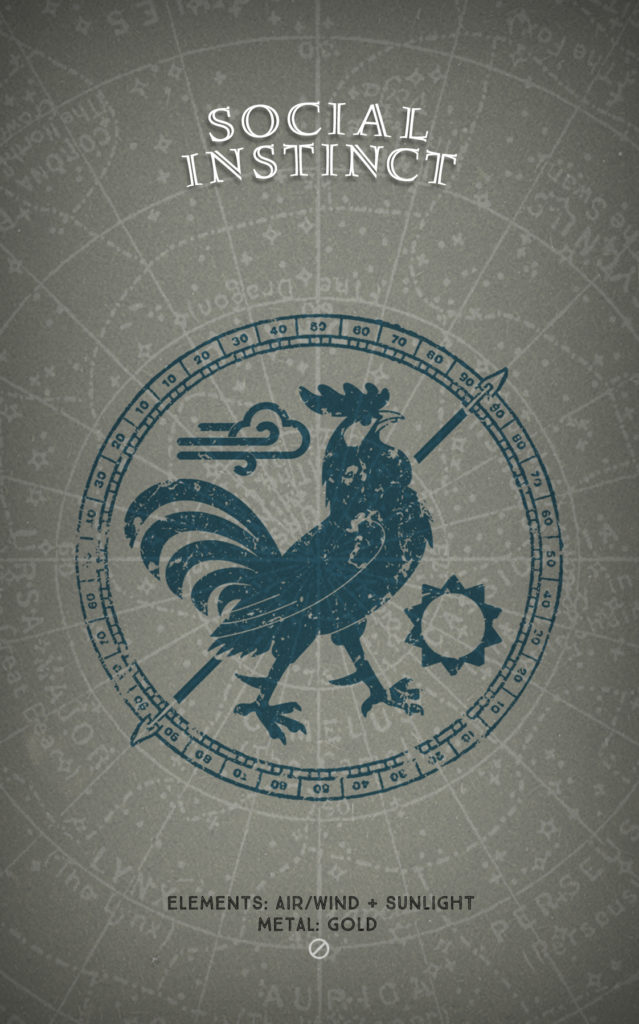
SX is ‘are you into me? [into my hooking self-styled energetic choreography] I’m into you,’ i.e.- self-objectifying and other-objectifying with the intent to reach a sexual peak – an ecstatic bodily sensation – that essentially has no use. Procreation isn’t an underlying goal of the Sexual instinct; it’s a trick sprung while diving, self-absorbed, toward attraction and sexual satisfaction, ecstasy.
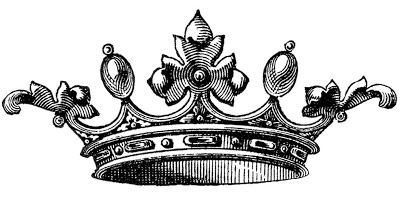
Literature, philosophy, spiritual guidance, theater/music/art are often understood to be ‘noble pursuits’ – and could be described as initially jolted and stimulated into existence by an internal libidinal energy field in the body, as well as stemming from a drive to attract; and they thereby have a tether into the Sexual instinct. But they affect and reach no one without the urge to connect and without ‘game’ to convey them through the vehicle of the Social instinct.
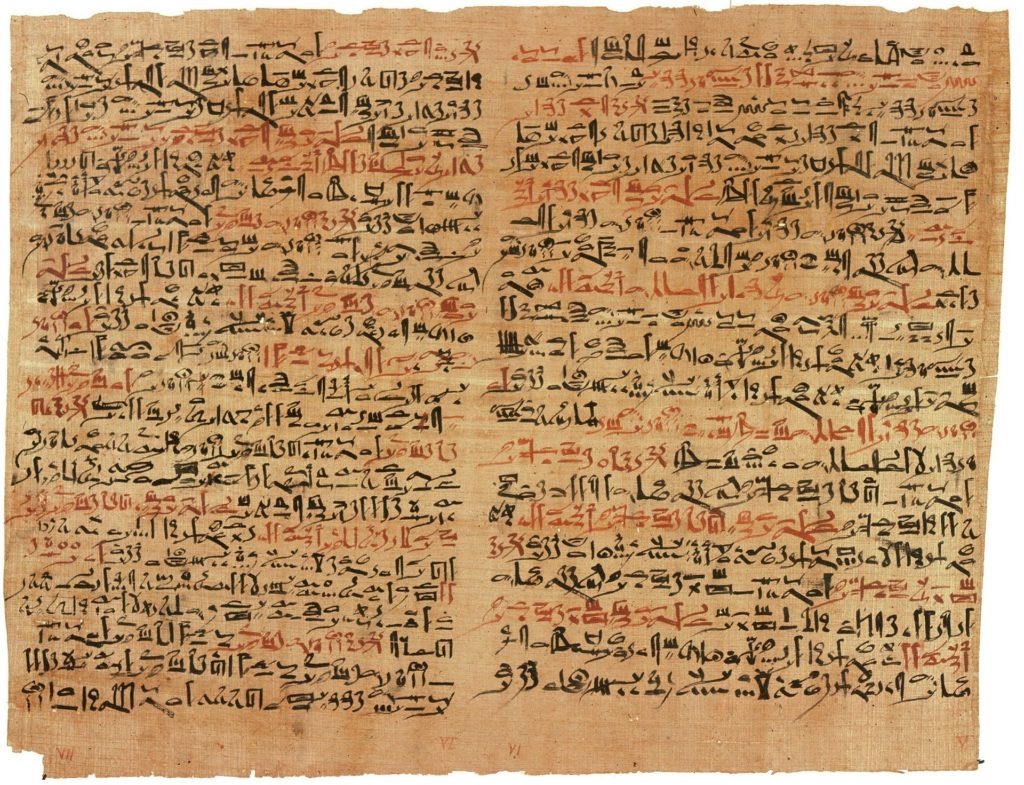
The intent in all the above is to consider simultaneously the implications relative to each instinctual stacking – in terms of handicaps and advantages for people of different personality types/stackings – and also to be looking at these observations at the level of what’s universal about the instincts in people of all instinctual stackings.
The Sylphs
The ethereal creatures who rule and dwell in the element of Air were described by Socrates in a way that points to the particular refinement, purity, and spiritual height that could be called the ‘high side’ of Social:

“And upon the earth are animals and men, some in the middle region, others dwelling about the air as we dwell about the sea; others in islands which the air flows round, near the continent; and in a word the air is used by them as the water and the sea are by us, and the ether is to them what the air is to us.
Moreover, the temperament of their seasons is such that they have no disease, and live much longer than we do, and have sight and hearing and smell, and all the other senses, in far greater perfection, in the same degree that air is purer than water or the ether than air.
Also they have temples and sacred places in which the gods really dwell, and they hear their voices and receive their answers, and are conscious of them and hold converse with them, and they see the sun, moon, and stars as they really are, and their other blessedness is of a piece with this.”
Become a Patron!
Instincts: Wild vs. Domestic
Rough draft/excerpt from the book I’m working on.
Looking again at the instincts (and the Four Elements I associate with them) at an archetypal level.
SP = Earth
SO = Air
SX = Fire & Water

—
One angle on the three instincts is a conceptual division between SX versus SP and SO. The latter two organically combine at an elemental level to often generate stability, structure, sustenance for oneself and the collective – the figurative machinery of day-to-day life and culture, among other things.
Sunlight, air, wind (SO elements) applied to SP Earth renders dry firm frameworks, firm systems, routines, work habits, rituals. A sober grid placed across Time/Space, a calendar of pragmatism, shared reverence and celebrations honoring higher principles of invisible ‘sky laws’ that inspire human excellence and basic human decency.
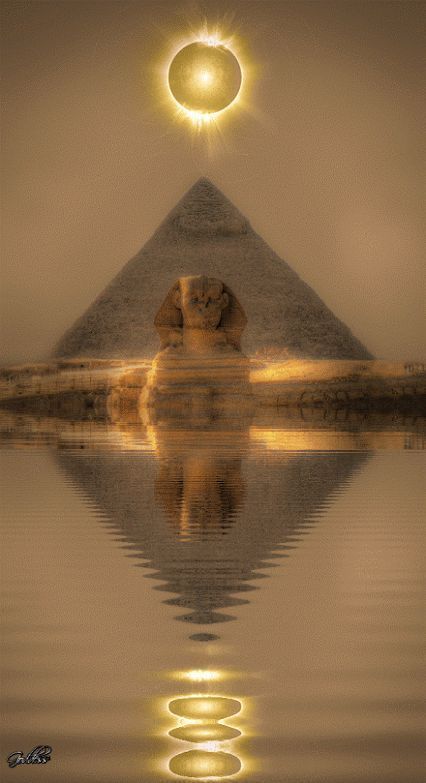
Air and sunlight also kill bacteria. Hence, in the blend of SP and SO, the framing and mechanisms (literal and abstract) that make up and support the functional routines of life and cooperative human interaction which these two instincts build and create remain significantly dry and neutralized – largely devoid of SX’s Water and the temperature extremes and variance of SX Fire – thereby fostering collective sustenance and growth of various kinds (commercial growth, civilizational expansion, etc).
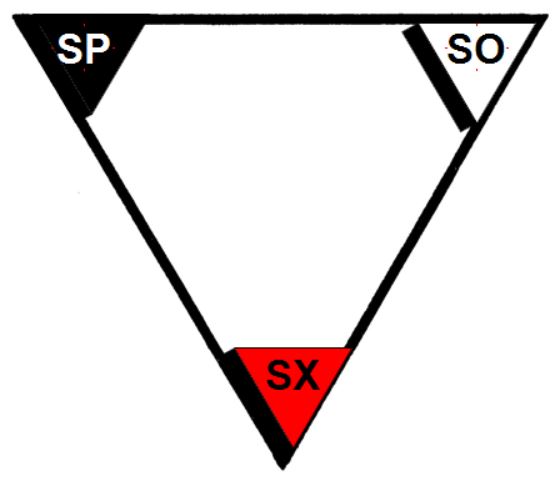
An underlying reason why we get sick with the common cold or flu (or worse) is the eruption of SX’s shadow in the form of personal inflammation (SX ‘flames’) originating in the messy, sticky wetness of SX Water in our bodies. Illness forces a break in the workaday world that SO and SP are attempting to hold in a state of healthy sterility and bright Apollonian light.
In so-called ‘less civilized’ cultures, the daily stuff of life is, let’s say, still somewhat necessarily governed by SP and SO. Mental attention into sexual attraction and attractiveness – the transfixing and self-involved mating dance that is SX – isn’t particularly sustainable or conducive to group cohesion or the pragmatic coordination of people and resources.

Some such cultures have SX built into their calendar and mythology. The shaman, for example, is clearly an embodiment of SX energy, with his inherent androgyny, use of ecstatic music, fortunetelling, spells, ‘fiery water’ potions and hallucinogens, mercurial magic and Trickster-ism, engaging in blood/fire rituals of destruction, chaos, and rebirth, pushing souls over the edge of the boundary line between the daily world and the spiritual realm.
Overall, a sizable factor in the health of a society is determined or can be gauged by its underlying relationship and degree of integration of SX into the culture. In the modern world, the role of shaman is often partly embodied in (or projected onto) musicians, rockstars, actors, painters, filmmakers. The degree to which this idol worship is a genuine replacement for established rituals that more directly revere and incorporate SX into the culture is a long topic and subject to debate. Quickly glancing at the state of the World, however, the current status quo appears imbalanced or distorted, bordering on dysfunctionality and societal breakdown.

This steers into another large topic – the religious urge that most people seem to have in varying degrees – also brings up the subject of religion as an underlying mytho-spiritual backdrop for cohesion of civilizations and groups of various sizes. Our current-day celebrities are our ‘stars’ – diamond-set in the dark velvet high of night where we admire their shine and magical winking. Our innate religiosity unconsciously holds pop stars in much the same abstract realm as planets and astro-constellations named after mythological deities – the same sky theater that we imagine governing our fate, as gods do.
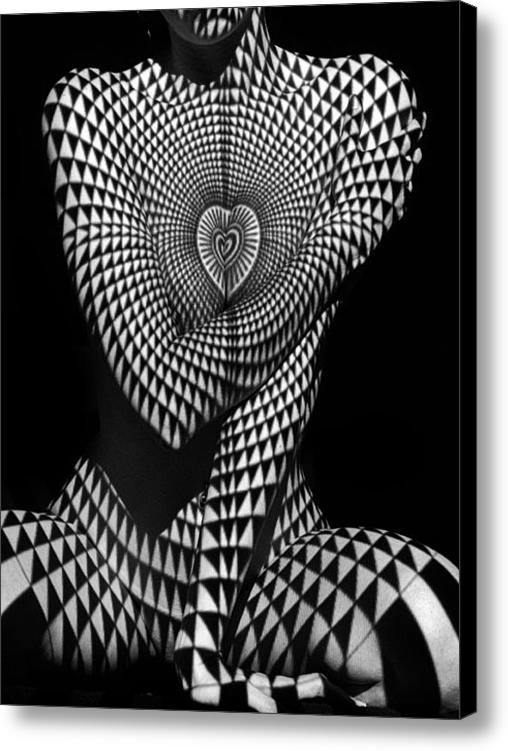
The varying amounts of demonization-of-SX that arise in societies, religio-philosophies, and civilizations predominated by SO and SP, from one perspective, are a correct response to the destabilizing energy of SX.
Fires have to be watched closely, as they always hold the threat of going quickly out of control and becoming a major force of destruction. While the watery dissolution and liquidy loss-of-self symbolized in archetypal SX seek out the very lowest places, seep under the interactive frameworks that bond cities and systems of commerce and government, rusting the psychic iron grid, potentially toppling great structures by dissolving their stance and making them loose down below.
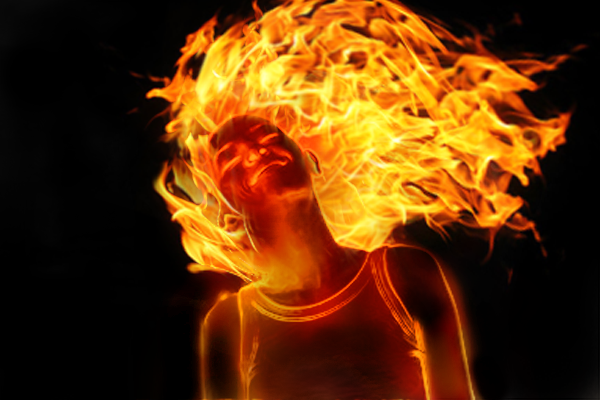
Type 4 ~ The Thornbirds
Type 4 ~ The Thornbirds
According to G. I. Gurdjieff, who introduced the enneagram symbol to the western world, you could draw “the enneagram in the sand, and in it read the eternal laws of the universe.”
And each subsequent time you drew the symbol, you could “learn something new, something [you] did not know before.”
There’s been much chatter in recent years, including my own, about the nature of Type 4 especially, partly due to how common it is for people to self-type as 4s more than any other type, it seems. Some well-renowned enneagram authors have speculated that as many as two-thirds of the people self-typing as 4 may be incorrect in their self-assessment. And because of the ubiquity of this phenomenon, the definition and overall sense of ‘what 4 is’ has drifted, loosened, been swirled in with other Types.
So, pinging off of Gurdjieff’s quote above, my proposition is: Let’s let the enneagram symbol itself tell us about 4.
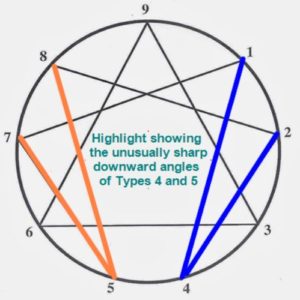
Per the graphic above, there are no other two types besides 4 and 5 that have such sharp angles. This symbolizes specificity, exclusion, dismissing or figuratively pushing oneself away from ‘all the rest’ – in some sense this is an over-particularizing of the self.
Looking strictly at the geometry of the symbol, Types 8, 9, 1, 3, and 6 all form equilateral triangles via their connecting lines. Types 2 and 7 each have an angle that is wider, more open, than any of the other types. Considering Type 4, if you ran a line between Points 1 and 2, to form a triangle, in comparison to the other triangles, 4 is a radical distortion, an acute and unusual state of being.
The angles coming in at Points 4 and 5 are the least open, the least reflexively embracing. In contrast to the hashtag #allthefeels, this is the exact opposite – a narrow set of feels (and thinks). No other connecting lines on the ennea-symbol are so (symbolically) self-condensing as these two.
So, a special characteristic of 4 is its capacity and reflex to reject, dismiss, separate oneself from the commonality of others and most of the world. This theme of differentiation continues as we notice 4 and 5 puncturing through the ground-level horizon line that connects 3 and 6, burrowing downward and contracting into more and more specificity and refinement. Piercing into the underworld of self, at specific inner points, down a thinning tunnel designed for one – a self-dive away from the sunlit collective of ‘the everyday.’ “I am not like them.” In various ways, 4 and 5 amputate themselves away from alignment with the World.
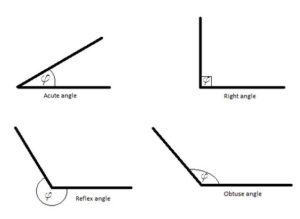
Again, this subterranean realm (below Earth’s horizon line at 6—3) – unique to Points 4 and 5 – represents the earthy psychic flesh of ‘the self,’ the individual plunging his/her own self-involved subjective interior pathway.
This is the self-absorption spoken of in the Type 4 descriptions. And here, in the symbol, we see that this characteristic of 4 is structural. Being unlike others is how the 4 type structure is aligned (literally ~ the lines). This isn’t a sad fact about 4 – it’s their preference and design.
The above is all intended to be describing a deep internal form and pattern, not meant to suggest that 4s aren’t active in the world; it implies a preference to conceive of oneself as separate, different, rare, an undiscovered carefully excavated archeological artifact.
4s are at home (and prefer) moving around in the world in a state of dissimilarity to others. In fact, as an image type, 4s are looking to be seen (in the world) as the different unusual person envisioned in their self-concept.
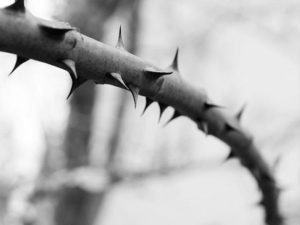
And per the thorny nature of the 4 Point, 4s prefer some amount of putting people on edge, often sharply provoking with their hyper-distinctions. This interactive style continually draws a further line of self-differentiation in relation to others. It also exposes where others ‘are at’ as they react to the 4’s provocations, which is a Reactive type reflex. 4, 6, and 8 are compelled to ‘get at truth’ in the moment and tend to not believe that ‘reality’ has shown itself unless what’s revealed includes something negative, something uncovering an aspect of the hidden underbelly of the person or circumstance at hand.
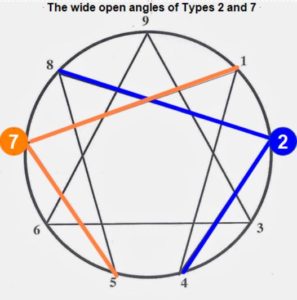
As an illustrative point of comparison, these qualities about 4 and 5 are emphasized further when we again consider the symbolic geometry of Types 2 and 7, the two types with the widest, most open angles on the ennea-symbol.
Type 2’s movement to 4 and Type 7’s movement to 5 represent ‘a correction’ which can take 2 and 7 into the submerged subterranean parts of themselves. 2 is then allowing themselves to steep in their own overt self-absorption and is seeing into the truth of the dark parts of their heart via the cutting specificity of 4.
And 7 at 5 is saturating, sinking, lingering long in a given singular experience or particular point of mental fascination, as opposed to skimming or reflexively jumping out of whatever ‘hole’ they’re searching down into.

As all of this discussion of angles and lines indicates – and if I haven’t said the word enough times yet – the Enneagram Types are actual psychic structures, as opposed to lists of traits or descriptions of motivations, fears, qualities.
So, in the enneagram symbol itself, 4 can be seen for what it is: a harsh and alienating outline, ‘difficult’ and dismissing or not attuning to everyone else’s angle (perspective) on things. 4 is barbed and intricate, self-incestuous, self-penetrating.
Look at the action of the lines going from Points 1 and 2 down into 4: ever tapering and self-distilling into self-specificity, painting oneself into a sharp corner of dissimilarity. And as it is with all of the Types, the 4 superego is unconsciously urging: “This is what I should be doing.”
Video Series- Instincts, Elements, Animals, Cycles
The ecosystem I’ve introduced in the realm of the Three Instincts has proved to be an interesting angle to illuminate core aspects of what the Instincts are at a base level.

Relating the Social Instinct to Air, Self-Pres as Earth, and Sexual as Fire & Water gives new perspective on the qualities and tonalities of the Instincts, both as a means to clarify one’s own instinctual stacking for oneself and others, and to sense and experience the instincts in oneself, no matter what instinct is dominant for you.
Have a look and let me know if these ideas resonate for you.

